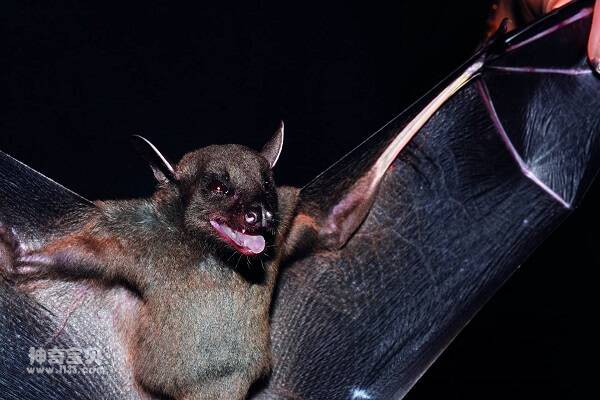
Sphaerias blanfordi
Sphaerias blanfordi
The species was named by CAI Guiguan and Zhang Naizhi (1980) on the basis of···
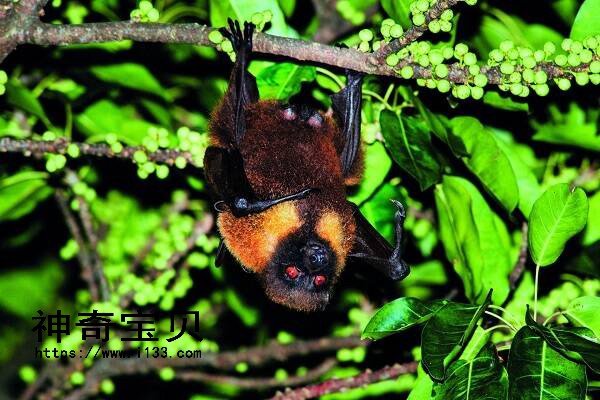
Pteropus dasymallus
Pteropus dasymallus
The Ryukyu Flying Fox is the only fruit eating bat unique to Taiwan's pt···
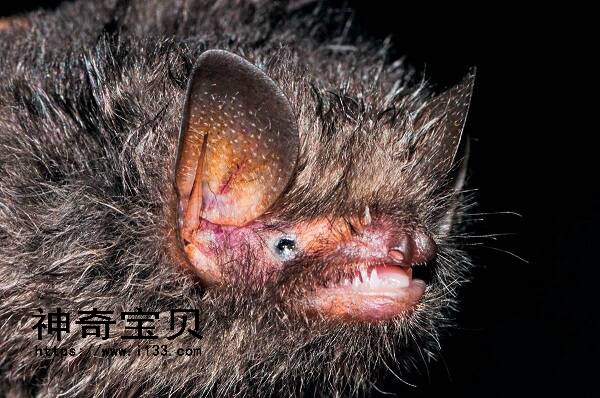
Kerivoula furva
Kerivoula furva
Dark brown bat is a forest bat. The specimens were collected and captured in···
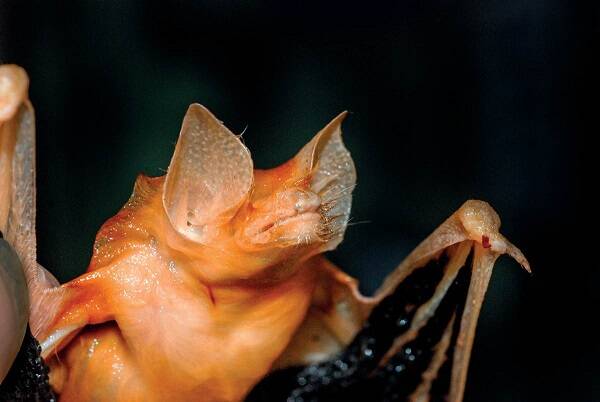
Painted Bat
Painted Bat,Kerivoula picta
Painted bats are rare in number and fly around tea groves, banana groves, ly···
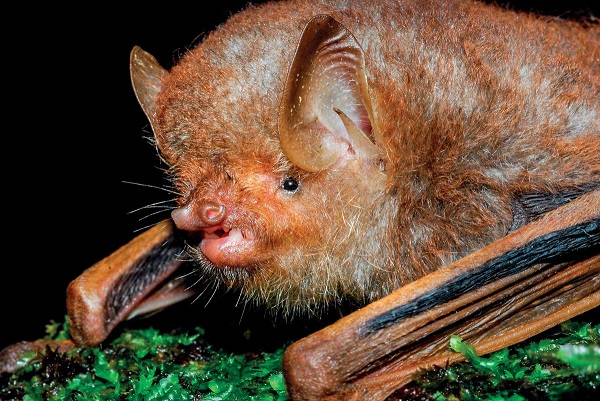
Harpiocephalus harpia
Harpiocephalus harpia
Wool-winged tube-nosed bats are forest bats that feed on beetles. This speci···
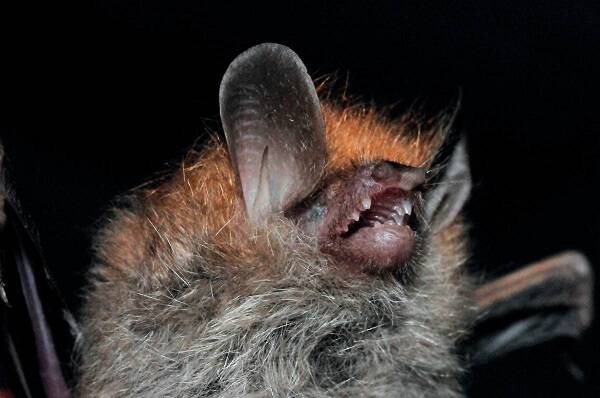
Murina lorelieae
Murina lorelieae
Lorelei tube-nosed bats are small tube-nosed bats. After Eger & Lim (201···
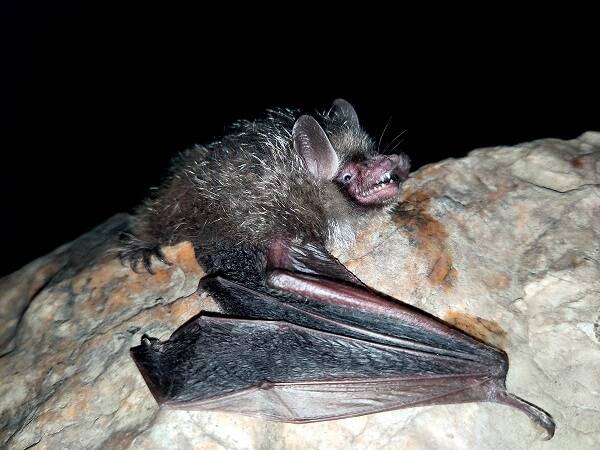
Murina leucogaster
White-bellied Tube-nosed bat,Murina leucogaster
The social structure of the white-bellied bat is complex, and it is a typica···
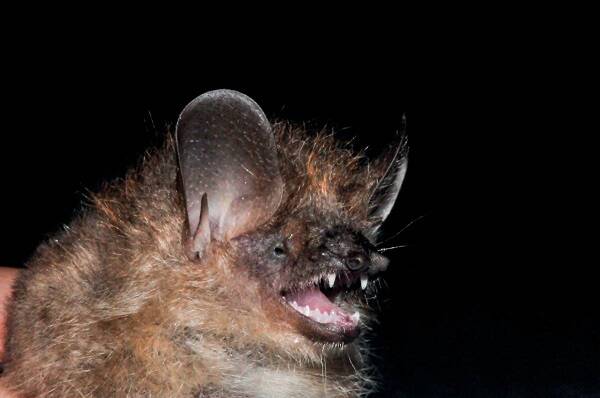
Murina huttoni
Murina huttoni
Mesotubularis nocturnal. Insectivorous. This species is found in India. It l···
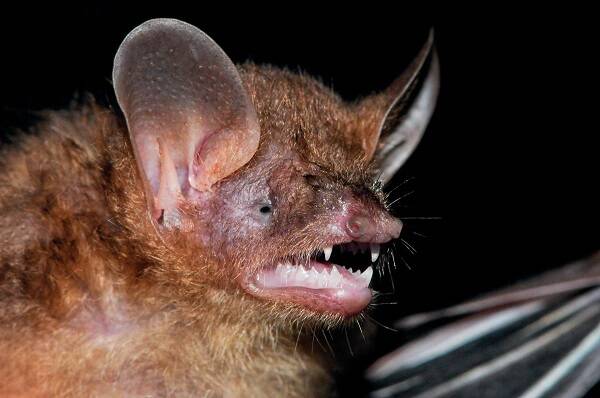
Murina harrisoni
Murina harrisoni
A new species published by Csorba & Bates (2005) from specimens collecte···
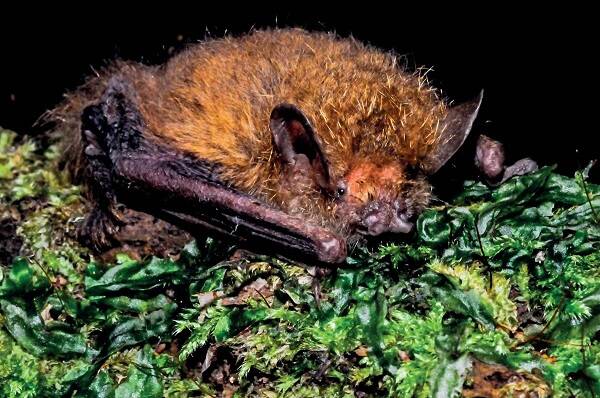
Murina eleryi
Murina eleryi
The arboreal bat is a rare tree-dwelling bat. It inhabits mountainous forest···
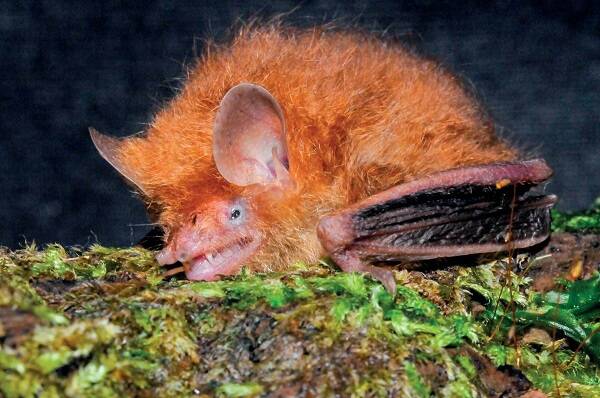
Murina cyclotis
Murina cyclotis
Round-eared bats are nocturnal bats that feed on small insects. It lives in ···
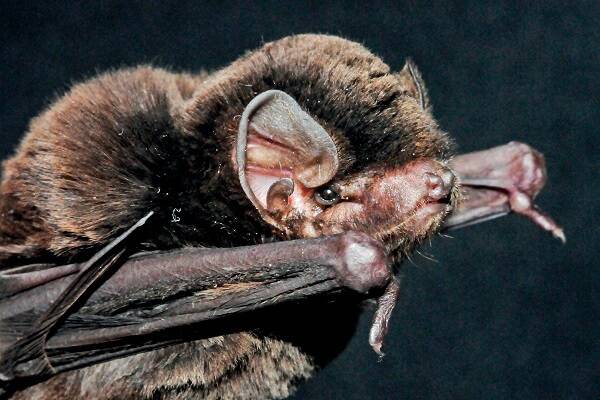
Miniopterus pusillus
Miniopterus pusillus
Any of several small long-winged bats, endemic in China to the south of the ···
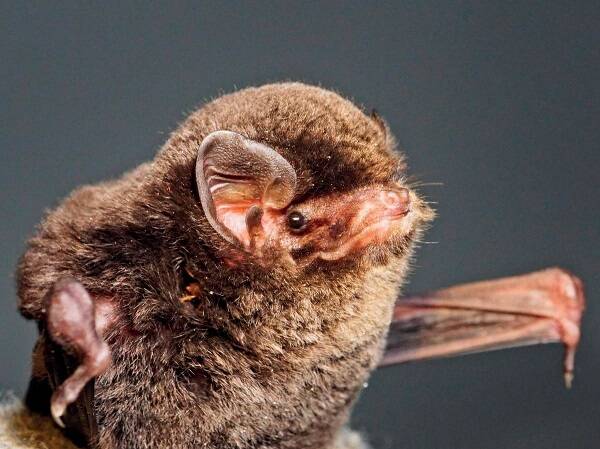
Miniopterus fuliginosus
Miniopterus fuliginosus,Smallbent-wingedbat
Asian long-winged bats live in large limestone caves in dark, wet water, gat···
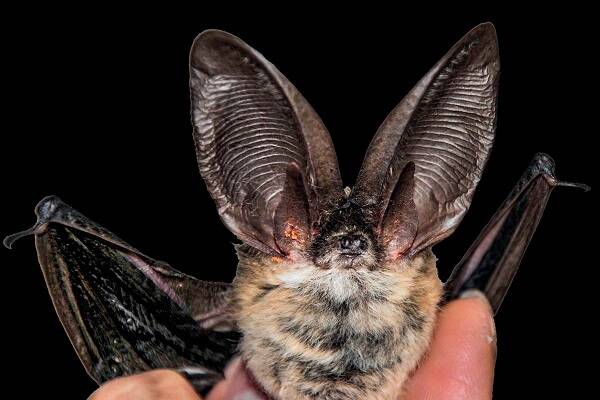
Plecotus austriacus
Big eared bat, rabbit eared bat,Plecotus austriacus, ghost bat, brown big eared bat, common big eared bat
The grey-eared bat has an ear that reaches or exceeds the length of the head···
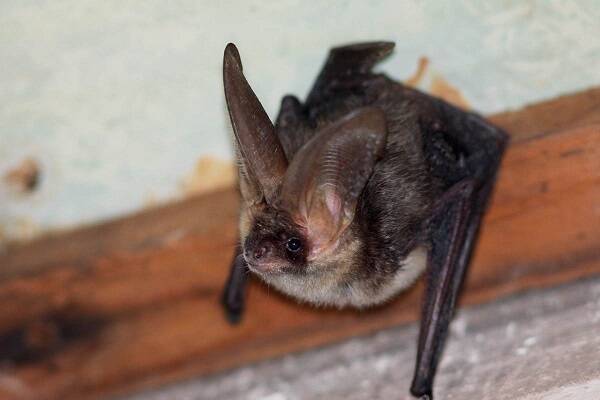
Long-eared Bat
Long-eared bat, rabbit-eared bat, ghost bat, brown big-eared bat, common big-eared bat,Long-eared Bat,Plecotus auritus
The big eared bat, also known as the long eared bat or rabbit-eared bat, is ···
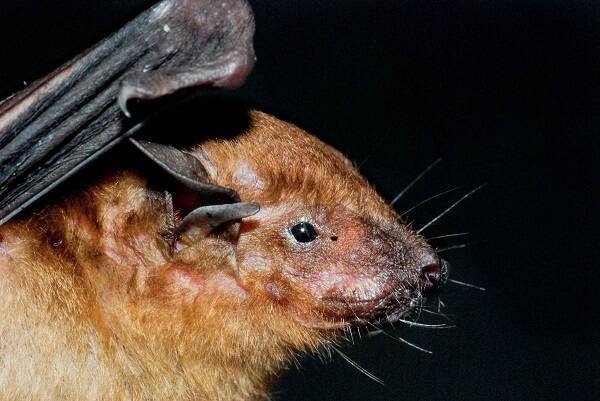
Scotophilus kuhli
Scotophilus kuhli
The little Yellow bat, which ranges from sea level to 1100m above sea level,···
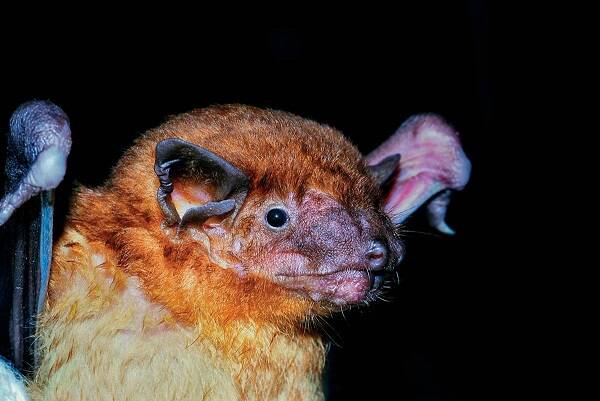
Scotophilus heathi
Scotophilus heathi
Rhubarb bats are tropical species, living in ancient temples, ancient pagoda···
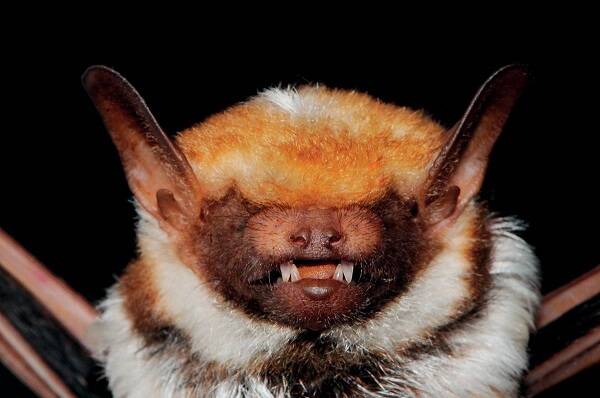
Harlequin Bat
Harlequin Bat,Scotomanes ornatus
The species is rare in number and is found in Assam. Inhabits in tropical, t···
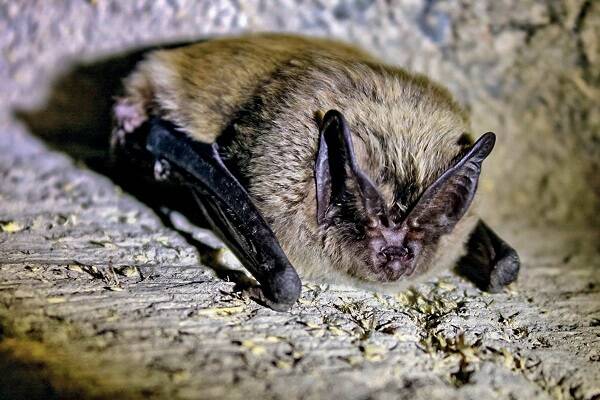
Barbastella leucomelas
easternbarbastelle,Barbastella leucomelas
Asian broad-eared bats live in caves, bark, or buildings in northern or alpi···
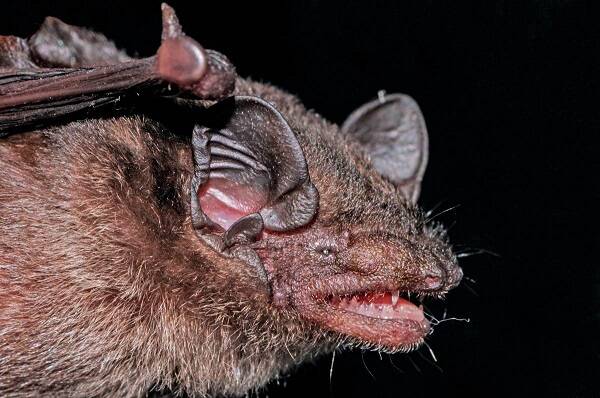
Tylonycteris robustula
Tylonycteris robustula,Great Club-footed Bat
The brown bat species is rare. It is a tropical bat that lives in bamboo hol···
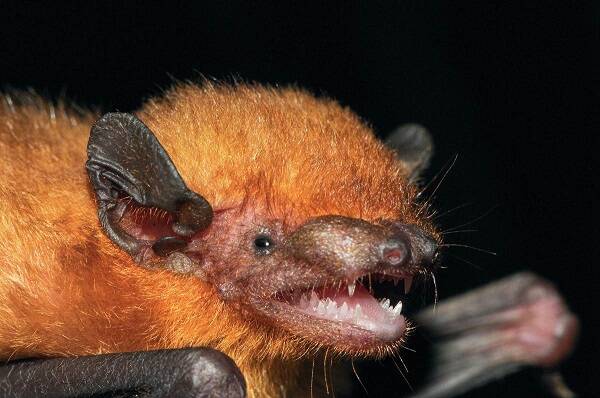
Lesser Club-footed Bat
Lesser Club-footed Bat,Tylonycteris pachypus
The bat is the smallest bat in the world, and the only one in the world that···
